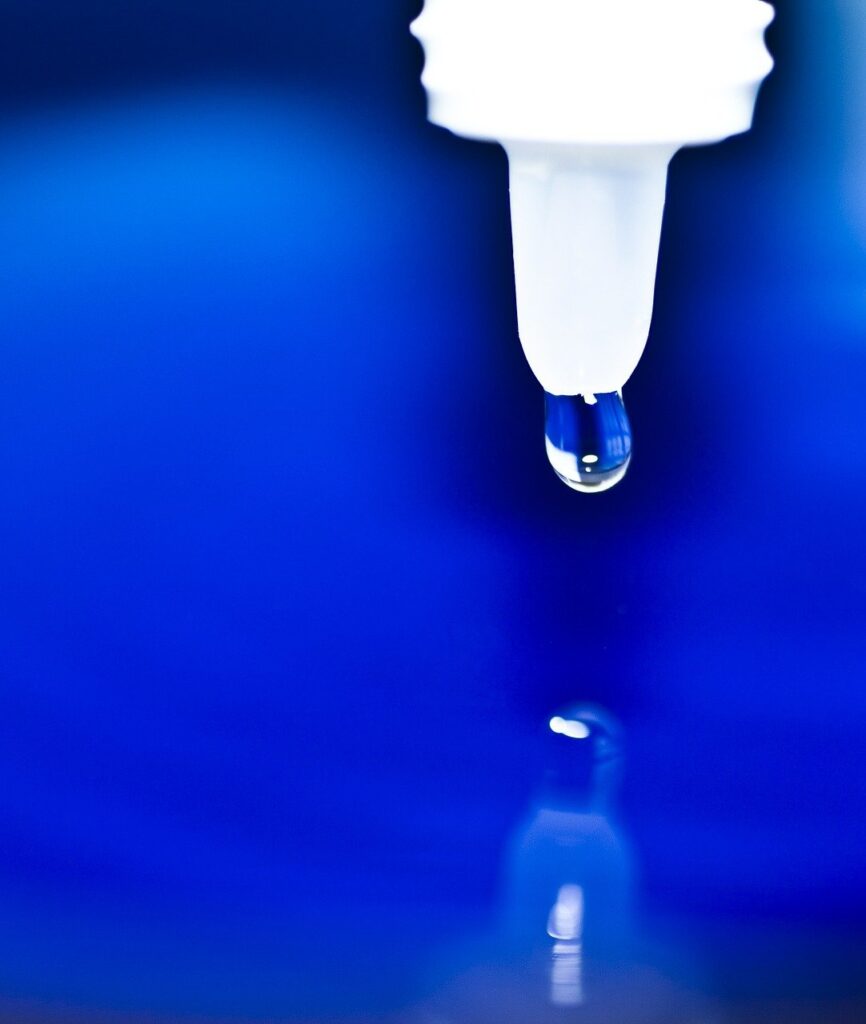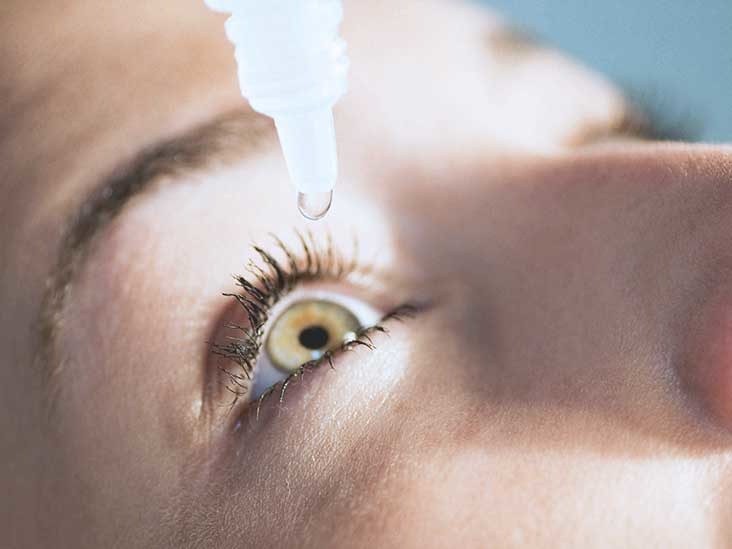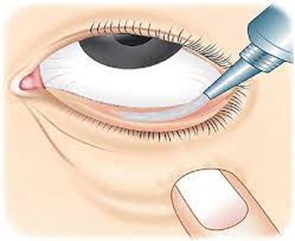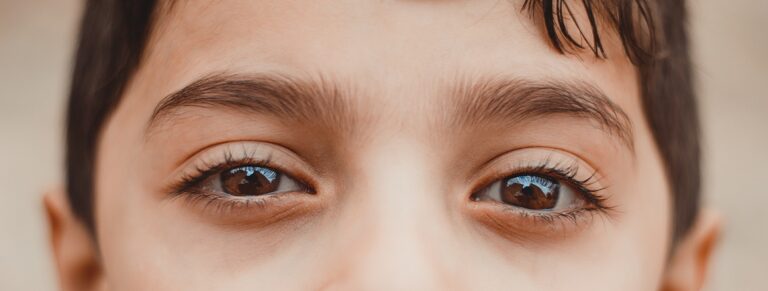Eye Drops – The Ideal Usage

Eyedrops are often prescribed for use for complaints made at the eye clinic. It is important to use your eyedrops the right way. Here are some tips for proper use of eye medications.
1. It is important to keep good hygiene to avoid contaminating your eyedrop bottle or ointment tube. Hands should be washed properly with soap and water before eyedrop packets are handled.
2. Store bottle and tube caps inside the empty packet of the drug for temporary safe keeping whilst drop or ointment are being used. This reduces the risk of caps falling to the floor with resultant contamination.

3. To instil eye drops, it is best to sit upright, look up toward the ceiling and raise the bottle above the eye, perpendicularly, directly above but not touching the eye or lashes. You may shut one eye whilst instilling in the other. Squeeze the bottle gently. Shut eyelid gently as soon as wetness is felt in the eye. It is not necessary to instil more than one drop. Eyes may be shut for 3 to 5minutes with the head and neck in the upright position during this period. If you have to use more than one eyedrop at a certain time, use them about 5minutes apart, shutting the eyes for 3 to 5minutes after each drop is used. However your doctor may advise an alternative period of separation between the use of the drops.
4. A little part of the eyedrops may drain into the nose and throat through a small outlet (called lacrimal punctum) located at the junction between the inner edge of the eye and the nasal bridge. As a result, a person might taste the drug shortly after use. Some people might find this an unpleasant experience. In addition, it may be a thing of concern to those on a fast. There may also be some degree of absorption (very little) into the general blood circulation. This may be a thing of concern to pregnant women for certain drugs. This drainage may be prevented by placing the forefinger firmly in this gap between the inner corner of the eye and the nose, in such a way that the bone of the nasal bridge can be felt. This is maintained for the 3 to 5minutes the eyes are shut for, and afterward, any excess maybe gently mopped from the outer corner of the eye. This process prevents the eyedrop from leaving the vicinity of the eye.

5. Instillation of ointment differs somewhat from that of drops. Ointments are usually of thick consistency, emerging from the tube as does toothpaste. To instil an ointment, it is best you lie on your back, looking at the ceiling. Enlist help from another person who should pull down the lower lid by placing an index finger of one hand on the skin of the lower lid centrally and pulling (retracting) downward to expose the pink inner layer of the lower lid. The ointment tube is then pressed from the bottom of the tube and as the ointment emerges, it is placed directly into the pink pocket exposed by the pulling down of the lower eyelid, pressing in enough from the inner to the outer edge of the pink pocket. The eyes are to be shut immediately and a person goes to sleep. Most ointments are prescribed for use at bedtime. Where there is no one to help instil an ointment, you may stand in front of a mirror, pull down the lower lid with an index finger whilst pressing in the ointment into the pink lower pocket exposed, looking in the mirror to guide the process. Note that ointments should never be instilled onto the finger for placement into the eye. It should be instilled directly from the mouth of the tube without the tube touching the eye.
6. Retain the packets of your eyedrops and ointment and always put the drug back into the packet to protect it from contamination.
7. Be sure of the frequency of use of your drops and ointment and keep to the suggested use.
8. Do not use eyedrops from others. Always get yours properly prescribed by an eye doctor.







